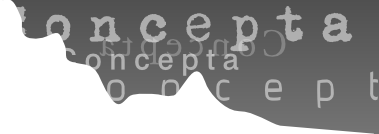Margrit Pernau
Margrit Pernau is Leader of a Research Group at the Centre for the History of Emotions at the Max Planck Institute for Human Development, Berlin (Germany).
Her research focuses on Indian History in the 18th-20th century as well as on the History of Modern Islam with particular reference to historical semantics, comparative studies and translation studies. At present she is engaged in a major project on emotions, civility and civil society in North India and Hyderabad from the 18th century to the present.
After studying Medieval and Modern History as well as Public Law at the University of Saarland and Indian history at the University of Heidelberg she received her doctorate in History at the South Asia Institute in Heidelberg in 1991. 1997-2003 she undertook research on Muslims in Delhi in the 19th Century. She worked as Research Fellow at the Social Science Research Center, Berlin (2006) and at the Centre for Modern Oriental Studies, Berlin (2006-2007). She successfully submitted her habilitation to the faculty of philosophy and history at the University of Bielefeld in 2007.
Her most important publications include: Bürger mit Turban. Muslime in Delhi im 19. Jahrhundert, Göttingen, Vandenhoeck & Ruprecht 2008; (Hg.) The Delhi College. Traditional Elites, the Colonial State, and Education before 1857, Oxford University Press, Delhi, 2006; Family and Gender. Changing patterns of family and gender values in Europe and India (edited with Imtiaz Ahmad and Helmut Reifeld), Sage, Delhi 2002 and (edited with Monica Juneja) Religion und Grenzen. Studien auf dem Weg zu einer transnationalen Historiographie (forthcoming); Gab es eine indische Zivilgesellschaft im 19. Jh.? Überlegungen zum Verhältnis von Globalgeschichte und historischer Semantik, In: Traverse, 3.2007, pp. 51-67; Transkulturelle Geschichte und das Problem der universalen Begriffe. Muslimische Bürger im Delhi des 19. Jahrhunderts, in: Birgit Schäbler (Ed.), Area Studies und die Welt. Weltregionen und neue Globalgeschichte, Wien, Mandelbaum Verlag, 2007, pp. 117-150.

